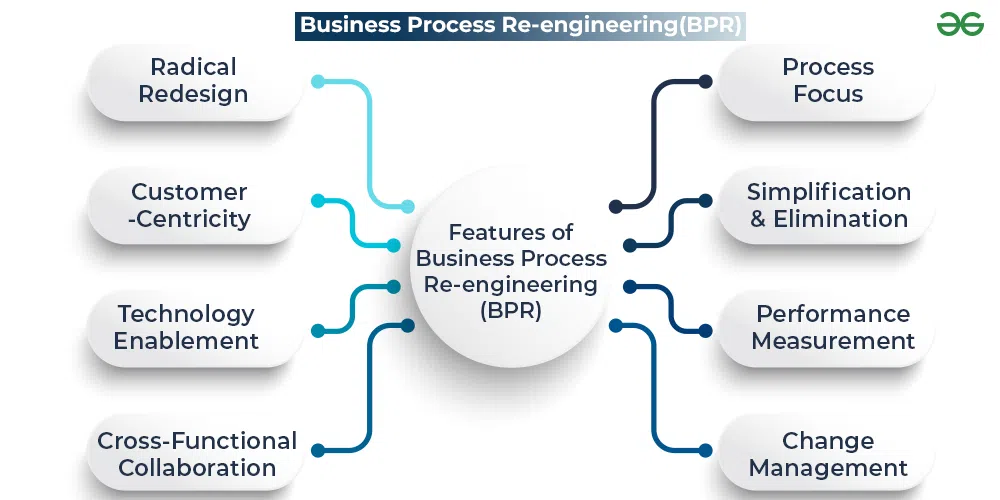Introduction
In today's highly competitive retail landscape, a seamless and efficient product return and refund process is crucial for maintaining customer satisfaction and loyalty. Customers expect a hassle-free experience when they need to return a product, and businesses must adapt to meet these evolving expectations. This article delves into the art of business process modeling and reengineering, focusing on the optimization of the product return and refund process.
According to a recent survey, 95% of customers say that a positive returns experience encourages them to shop with a brand again. [1] However, many businesses still struggle with complex, time-consuming, and convoluted return policies that can frustrate customers and lead to lost sales. By leveraging the power of business process modeling and reengineering, organizations can streamline their product return and refund procedures, enhancing the overall customer experience and driving long-term success.

